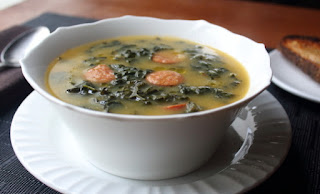I usually try new recipes, or techniques because they sound delicious, or unusual, but once in a while I’ll try something just because it sounds impossible, and that was the case with these flaxseed crackers.
I heard that if you mix flaxseeds with an equal amount of water, let it hydrate, spread it thin, and bake it in a low oven, you’ll get light, crispy, and surprisingly tasty crackers. I heard right.
I heard that if you mix flaxseeds with an equal amount of water, let it hydrate, spread it thin, and bake it in a low oven, you’ll get light, crispy, and surprisingly tasty crackers. I heard right.
I generally like to leave eating seeds to the birds, but these have a very mild nutty/earthy flavor, and while quite light, they’re still study enough to use with your favorite dips and spreads. Above and beyond the taste, I find that these start to lose their crispiness after about a day, so if you make them ahead of time, I’d re-crisp them in the oven again for maybe 30 minutes to dry them back out.
Also, please feel free to season these more creatively than I did. Although a plain cracker is perfect for pairing with a slice of cheese, I can’t help but think there are so many other ways these could’ve been spiced-up. Regardless of what you add to yours, I really hope you give them a try soon. Enjoy!
PLEASE NOTE: I've been told that whole flax seeds are not fully digestible, and to get the health benefits you should use flaxseed meal, but other sources are telling me that the soaking, and chewing takes care of that, maybe. Probably not a big deal unless you're going to eat a whole batch, but consider yourself warned if you are sensitive to high-fiber foods!
Ingredients for 32 Flaxseed Crackers:
Ingredients for 32 Flaxseed Crackers:
1 cup raw flax seeds
3/4 teaspoon salt
1/4 teaspoon garlic powder
1/4 teaspoon onion powder
pinch of cayenne
1 cup cold water
- Soak overnight, then bake at 200 F. for 3 hours, or until crispy.





















